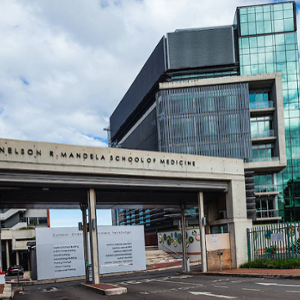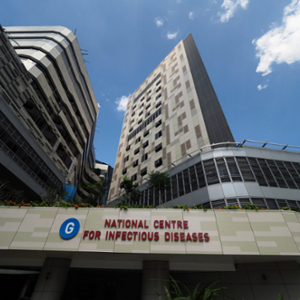South Africa

Institutions
University of Cape Town
The Faculty of Health Sciences at UCT is the oldest medical school in sub-Saharan Africa and it ranks highest among South African universities for scientific productivity. Its campus extends from its main teaching hospitals in Cape Town to a range of secondary hospitals and primary care health care clinics throughout and beyond the Cape Peninsula. Several famous breakthroughs in health care placed the Faculty on the map as a worldclass facility in sophisticated, tertiary medicine. These include the first successful heart transplant in the world in 1967 and the pioneering research which led to the development of the CT scanner (and a Nobel Prize).
Learn more
University of KwaZulu-Natal
UKZN is one of Africa’s leading institutions of higher learning and its scientists play a significant role in the global fight against HIV/AIDS and TB. UKZN is continually recognized by the Department of Higher Education and Training (DHET) as the top university in South Africa in terms of research output. Emory/Georgia TRAC faculty have partnered with UKZN researchers for over 15 years.
Learn more
Centre of the AIDS Programme of Research in South Africa
CAPRISA was established in 2002 with a National Institutes of Health CIPRA program grant award. It has become a well-established AIDS Research Centre conducting innovative research on HIV pathogenesis, TBHIV treatment, and HIV prevention. CAPRISA is an official UNAIDS Collaborating Centre on HIV Prevention and Policy, an established Centre of Excellence in AIDS Research at the University of KwaZulu-Natal (UKZN), and home to the Columbia University-Southern African Fogarty AIDS International Training and Research Program (CU-SA AITRP). In March 2015, CAPRISA was appointed as a Centre of Excellence in HIV Prevention by the Department of Science and Technology and National Research Foundation in South Africa, and as an Extra Mural Research Unit for HIV-TB Pathogenesis and Treatment by the South African Medical Research Council (SAMRC).
Learn more
National Institute for Communicable Disease
Located in Johannesburg, NICD is the NHLS flagship research TB laboratory. The laboratory facilities include a BSL3 laboratory for handling of viable infectious agents and a BSL2 laboratory for downstream molecular and typing applications. The laboratories have a range of conventional and molecular diagnostics used for the detection and analysis of M. tuberculosis. The Centre is the first national reference laboratory in Africa with the capability of carrying out whole genome sequencing. Dr. Shaheed Omar is Senior Scientist in the Centre for Tuberculosis and has collaborated with Emory/Georgia TRAC investigators for over 15 years
Learn more
TRAC In-Country Activities

Despite being cured of their tuberculosis (TB), millions of TB survivors each year suffer from chronic lung damage. Unfortunately, the nature of this lung damage is not well understood, which limits our ability to care for patients suffering from chronic lung disease after TB. Inflammation and Fibrosis in Pulmonary TB (INFIN-TB) study will attempt to characterize the role of neutrophilic and profibrotic activity as risk factors for post-TB lung damage, in order to inform future treatment strategies to prevent or reduce this devastating complication of TB.